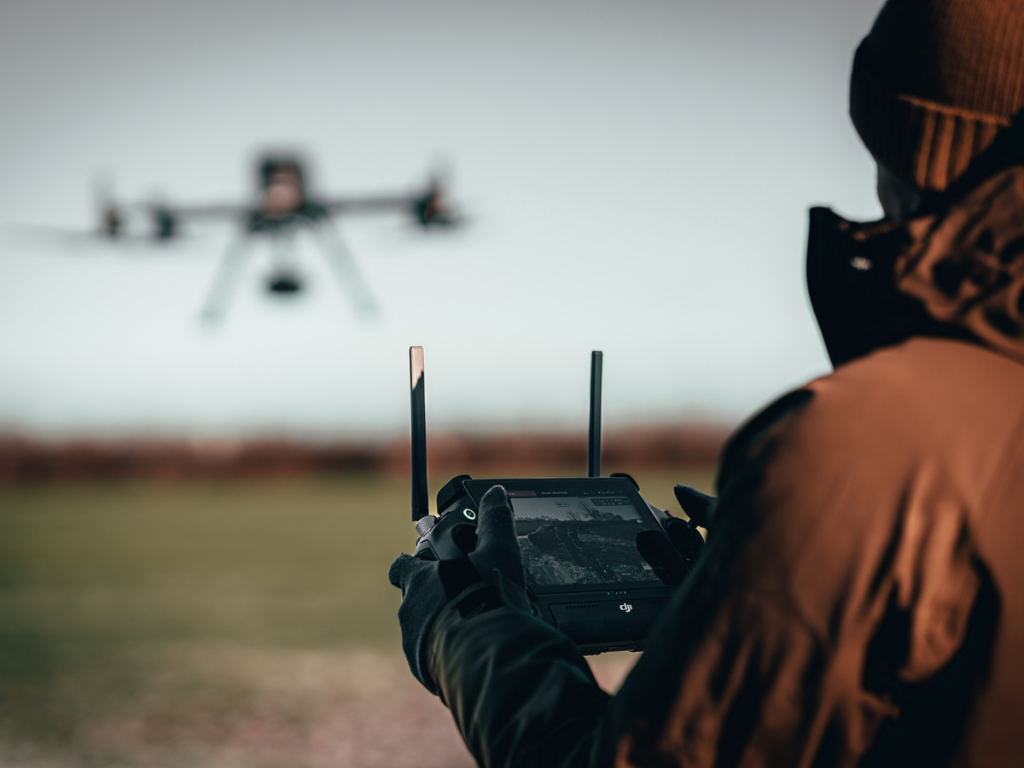
Training & Regulations
A Complete Guide to Submitting a MOR to the CAA: Mandatory Occurrence Report
Learn how to submit a Mandatory Occurrence Report, its role in aviation safety, and how the CAA uses it to enhance safety standards.
A guide to the dos and don’ts of MOR submission, including mandatory information and best practices for accuracy;
Learn what a MOR report is, its purpose, and why it’s essential for aviation safety in the UK;
Discover how submitting a MOR helps the CAA prevent future accidents and improve overall safety without assigning blame;
Understand how the CAA stores, protects, and analyses MOR data to support ongoing safety improvements in aviation;
Explore the role of the MOR Scheme in notifying the CAA of hazards, highlighting the importance of drone pilots and aviation operators reporting unsafe incidents.
The UK Civil Aviation Authority (CAA) has published guidance on how to submit a Mandatory Occurrence Report (MOR) so that it complies with the regulation, and in turn helps improve aviation safety for all.
What is a Mandatory Occurrence Report?
The Mandatory Occurrence Report (MOR) Scheme ensures that the CAA is notified of hazardous incidents and defects in UK aviation and drone pilots are encouraged to report any unsafe occurrences to help improve safety. Submitting MOR reports is intended to prevent future accidents and not assign blame; the CAA protects the data in each report, including the reporter’s confidentiality.
How Do I Submit a MOR?
Many organisations have their own reporting systems, but if you'd prefer to submit your report directly to the CAA, you can do so via the Aviation Reporting portal, ECCAIRS 2.
For assistance in navigating the portal, CAP1496 provides a step-by-step guide on how to use the portal.
How Do I Know if I Should Submit a MOR?
When in doubt about aviation safety, always submit a report.
To learn more, the CAA provides MOR code guidance on what should and shouldn’t be reported, helping you make an informed decision.
Dos and Don'ts of Submitting a MOR
It's essential for the CAA to receive high-quality and complete reports, as inaccurate data can lead to misleading results and misguided actions, and as a reporter, you are responsible for submitting accurate, complete, and compliant reports to the CAA.
UK Regulation 376/2014 mandates the reporting of safety-related occurrences involving UK airspace users, specifying which incidents must be reported and outlining the mandatory fields to complete in each report.
To ensure you provide the right information, follow these dos and don'ts:
Do | Don't |
|---|---|
Fill Out All Required Fields: Ensure all mandatory information is captured in the report’s data fields; use “unknown” if a field cannot be completed. Use Clear Headings: Write a clear, descriptive heading to help the CAA’s safety data handling team categorise the report accurately. Provide Detailed Information: Include all relevant facts about the incident in each data field, and identify specific safety risks where possible. Submit Follow-Up Reports on Time: If further analysis reveals a safety risk or issue, submit a follow-up report within the required timescales. | Rely on Others to Report: You hold the most accurate knowledge and facts if you witnessed or were involved in the incident. Identify Individuals or Organisations by Name: To uphold data protection and just culture principles, avoid naming specific individuals, organisations, or companies. Send Duplicate Reports: Avoid multiple reports on the same incident. Provide follow-up reports only if a safety risk is identified after analysing the original report. |
What Happens With My Report?
The CAA monitors compliance with aviation safety regulations to ensure that relevant information is accurately reported, stored, protected, shared, and analysed—not to assign blame but to support ongoing learning and make flying safer.
Summary
To learn more about MOR reports, check out the CAA guidance or contact our Training Team to discuss this topic in more detail.
